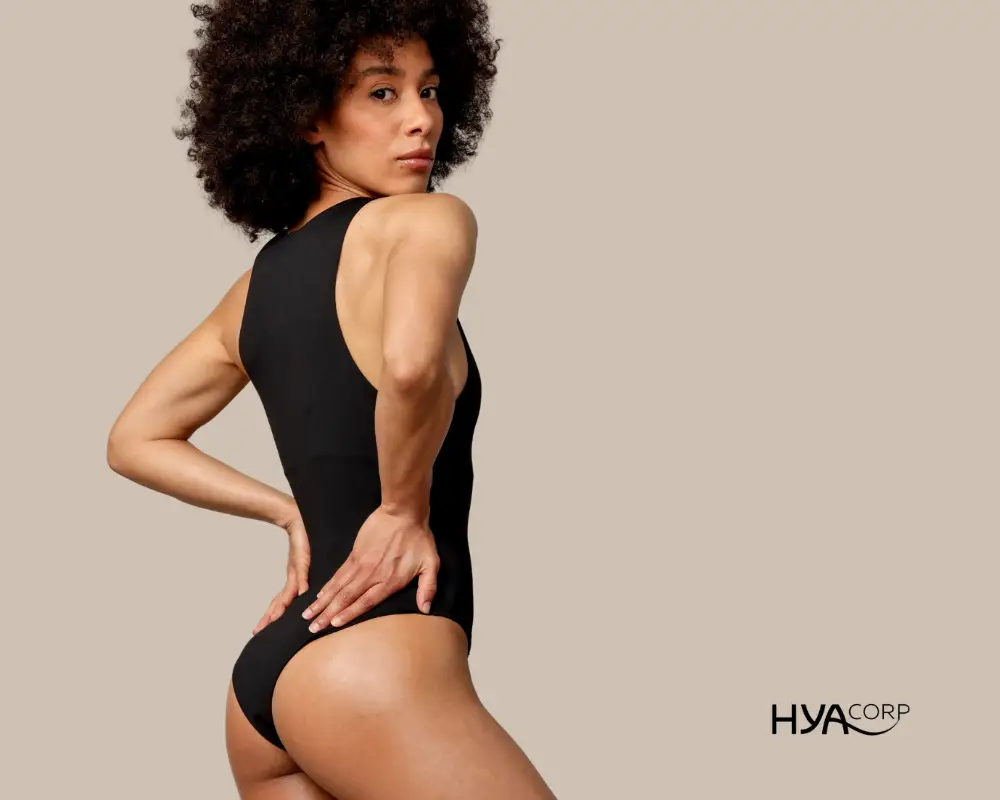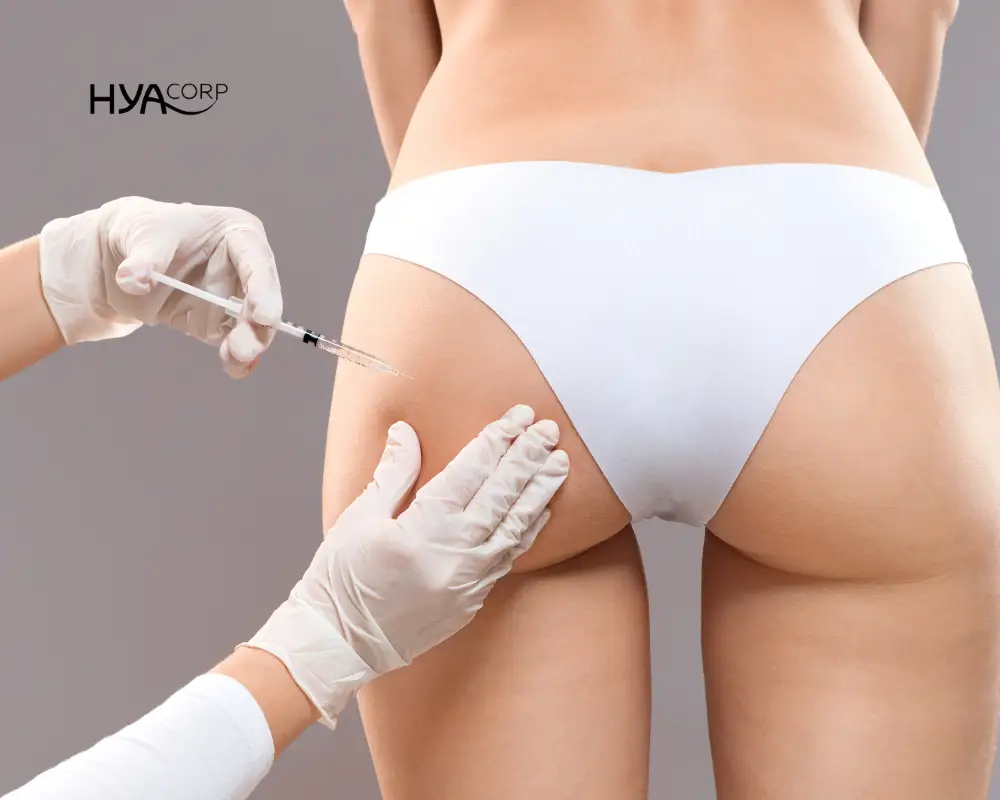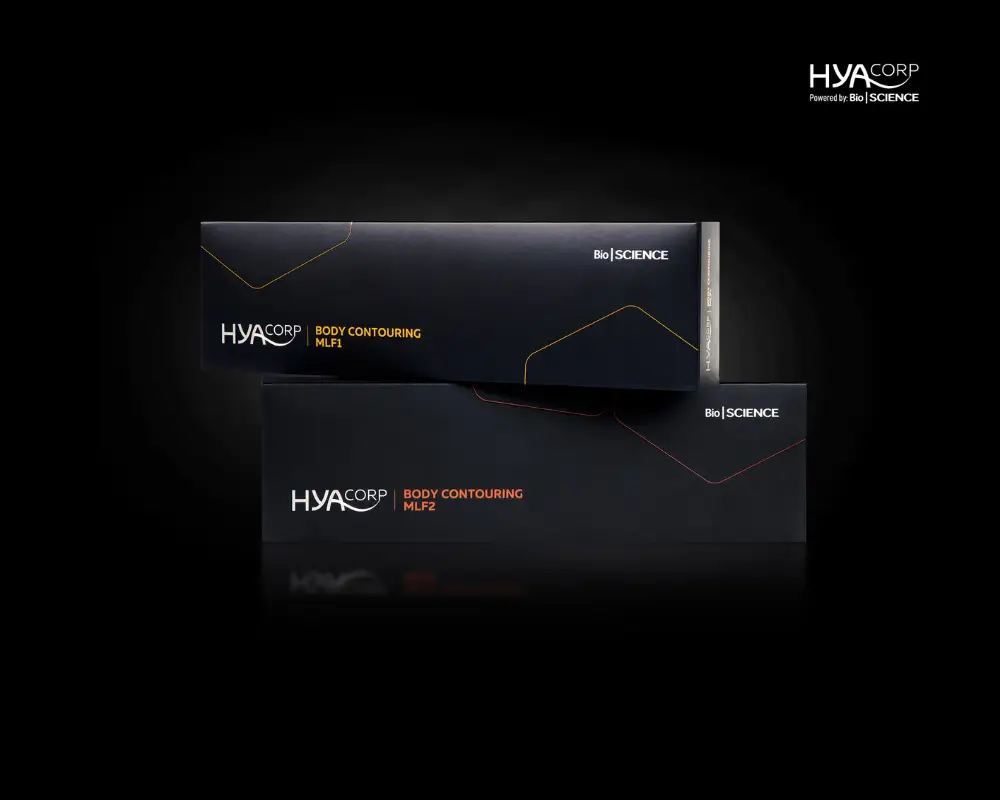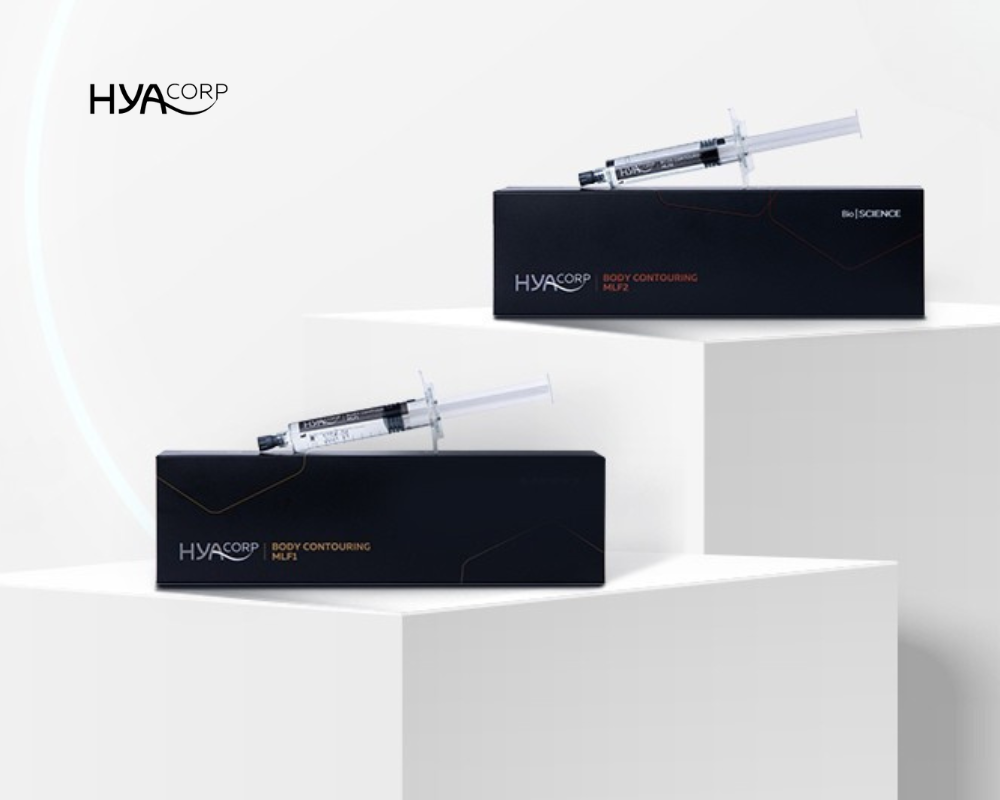Much has been written about the failed injections in the buttocks (Luna Skye, Emilie Amar, etc.) But what exactly happened? Should we give up on this aesthetic treatment?
I've read and heard so many crazy things on the subject that I wanted to interview a specialist, to dissect the problem and give you accurate information on these failures because many young people dream of plump buttocks and the injection (despite its cost) is often the first option chosen.
Professor Michael Atlan, head of the Plastic, Reconstructive, and Aesthetic Surgery Department at the Tenon Hospital APHP - Sorbonne University, in Paris, was kind enough to enlighten me on the nature of the complications and the conditions in which these injections must be carried out to avoid any problems.
The press has often mentioned an infectious phenomenon. A problem that any doctor can potentially face in the course of their practice. But according to Prof. Atlan, this is not the case: "No infection has ever been demonstrated in the cases encountered”.
Six women over 18 months complained 3 to 8 weeks after their injection of hyaluronic acid into the buttocks of the appearance of fever, redness, areas of induration, and painful nodules (small balls) which seemed to be increased by intense physical activity and hot showers.
What was the medical response?
Initially, the doctors treated the side effects with corticosteroids and antibiotics, as is usually done in the presence of these signs. As the hyaluronic acid resorbed, perhaps they would spontaneously regress? But no! Faced with the failure of their treatments, they had no other solution than to redirect their patients to hospital services experienced in managing complications.
Professor Michael Atlan explains: "In fact, we are dealing with a completely new pathology, with very fluctuating manifestations. But we have to rule out any soft tissue infection from the outset, and the treatment is well codified. After many thorough examinations, nothing of the kind could be demonstrated, despite impressive fever or redness. In some cases, the signs of inflammation subsided on their own or after injection of hyaluronidase (an enzyme that dissolves hyaluronic acid).
The patients were then sent home and at other times they reappeared, exacerbated and the patients returned to the hospital. For some, the situation was so complicated that it took us to the OR to remove the hyaluronic acid. We injected saline into the treated area to dilute the product and then aspirated it. But this was not always enough. Sometimes we had to put in 'drains', which allowed us to wash the injected area twice a day for several days to get more product out.
Some of the patients who have been treated have not yet been able to recover, only those who have had the product injected into the muscle and not under the skin. "One of the hypotheses put forward to explain the chronic inflammation they suffer is the formation of a biofilm around each hyaluronic acid cluster, i.e. a matrix surrounding the bacteria that makes them highly resistant to treatment and normal degradation. But unfortunately, it is impossible to surgically remove this biofilm, as can be done when it occurs on a breast prosthesis, for example, by removing the implant,' explains Prof. Atlan.
How do patients who suffer from these side effects live today?
"Most of them got used to the situation. For others, the inflammatory episodes come and go, but they subside over time. Patients no longer have pain or fever, but they must be careful not to engage in too much physical activity, which could reignite the inflammation. Their skin shows side effects: brown spots and holes, following the installation of the drains. We are currently thinking about how to remove the hyaluronic acid from the muscle, which will probably be done with an injection of hyaluronidase, under ultrasound control,' says the surgeon.
Should we give up on hyaluronic acid injections in the buttocks?
After reading these tragic episodes, one might be tempted to say: "Well, maybe we'll postpone the session, eh? But the specialist is nevertheless reassuring: "The hyaluronic acid used for buttock injections, and in particular, HYAcorp, which is the most widely used product, is reliable. This kind of unfortunate complication is very rare, less than 0.5%.
It is simply necessary to respect the strict conditions of injection for which doctors must be duly trained. And the Bioscience laboratory, which markets the market-leading product, adds: "About three hundred doctors in France use our product and several thousand worldwide. More than 35,000 buttock augmentation procedures have been performed with HYAcorp since its launch, without any problems.
In short, this is medicine. There is no such thing as zero risk but there are still some good reasons to feel reassured if you want to have these injections (which does not prevent you from thinking twice before taking the plunge).
What are the injection conditions to be respected for a hyaluronic acid filler in the buttocks?
It is not necessary to carry out the injection in the operating theatre, but in all cases, it must be carried out under rigorous aseptic conditions (disinfection of the treatment area, wearing surgical gloves, use of sterile equipment, etc.).
- 7 days before the operation, it is necessary to stop taking any medication that thins the blood (aspirin, ibuprofen, etc)
- 2 days before: avoid applying cosmetics to the treated area such as AHAs, retinol, etc.; any hair removal. On the other hand, taking arnica granules in anticipation of bruising is recommended.
- 1 day before: avoid all alcoholic drinks
- On the day of the operation, take a shower and do not apply any cosmetic products to the treatment area
Suggested reading: Pre and Post Care Instructions for Dermal Filler
Concerning the procedure itself:
"The injection should not pose any problem when the hyaluronic acid is injected by a trained practitioner, in reasonable quantities, i.e. 10 syringes of 10 cc or even a little more, per side. However, injecting more than 45 syringes per side, as has already been seen, leads to a much too high inflammatory load and slow degradation of the product.
The injection site is also crucial: it is recommended that the doctor inject the product subcutaneously and not in the muscle where the hyaluronic acid remains longer, which would explain the recurrence of inflammatory episodes. An injection under ultrasound control would make it possible to be sure of this," says Professor Atlan.
The instructions in the hour following the operation:
- It is recommended to apply an ice pack and an arnica-based cream to the treated area and not to touch the injected area. Painkillers are prescribed in case of pain.
- For 3 days: avoid drinking alcohol, smoking, waxing, or any other cosmetic procedure or dental treatment, and exposure to excessive heat (sun exposure, sauna, hammam, hot showers). Sitting for 2 to 3 hours in a row is not recommended for a fortnight. It is preferable to sleep on the stomach and to suspend any activity requiring too much physical effort. Avoid getting the bandage applied to the treated area wet.
- For 4 to 7 days: no exposure to excessive heat or strenuous physical activity (including in bed!). On the other hand, it is advisable to massage the treated area for 5 minutes, 5 times a day, to encourage good integration of the product.
Want to learn more about Hip dips causes and treatment? Contact us now so that we recommend you the best treatment.







.webp)


